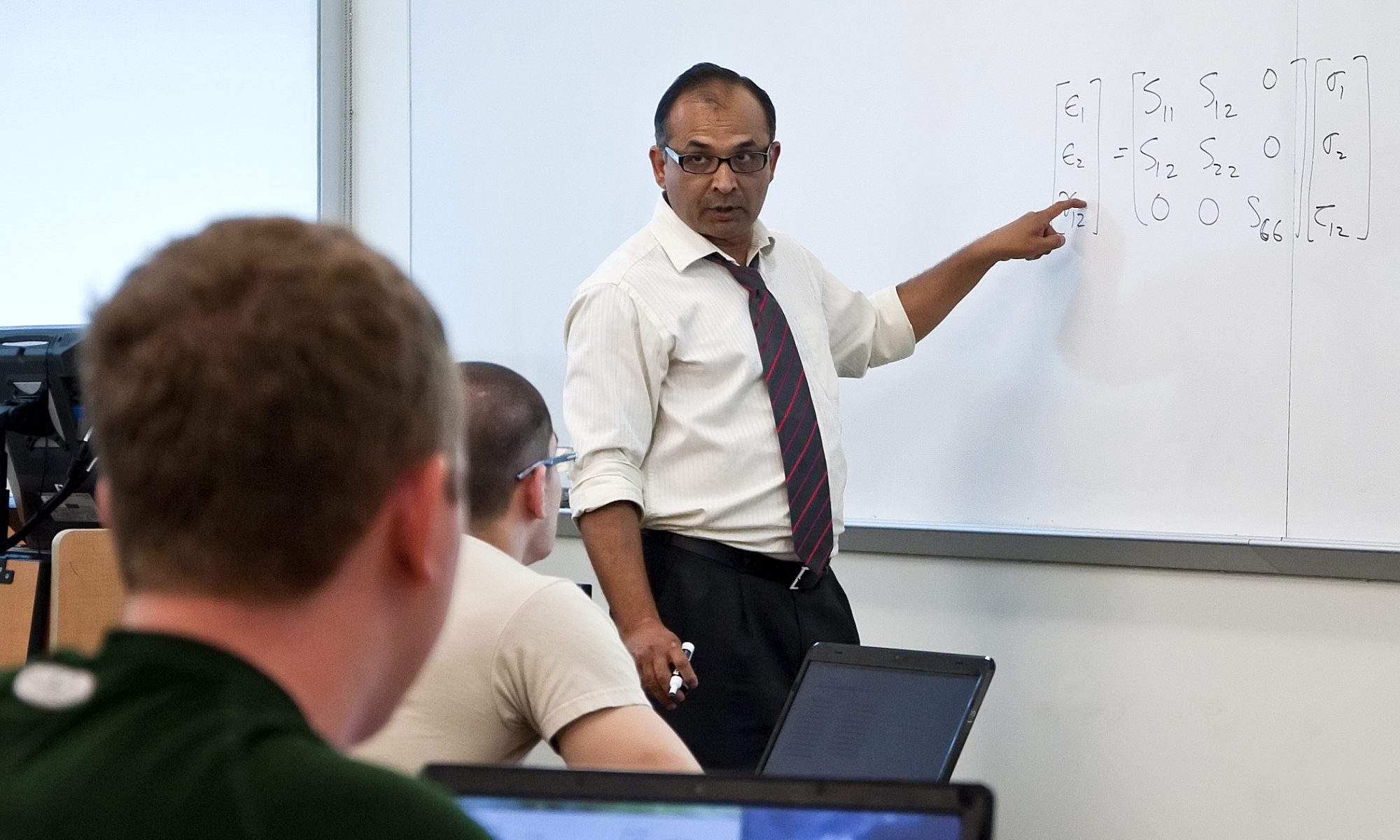Indentation models for thin layer-substrate geometry with an interphase have been developed. The interphase can be modeled either as a nonhomogeneous layer or as a homogeneous layer. Between the two models of the interphase, contact depth and critical interfacial stresses are compared to find the effect of indentation area, film and substrate Young’s moduli, and the interphase and film thicknesses. Although contact depth is found not to be sensitive to the type of interphase model used, critical interfacial stresses are significantly different (up to 15%) for the film to substrate elastic Young’s moduli ratios of more than 25. A formal sensitivity analysis based on the design of experiments shows that on critical interfacial stresses, interphase to film thickness ratio and film to substrate Young’s moduli ratio has the most impact, while the type of elastic moduli variation in the interphase and indentor width to film thickness ratio has the least impact.
Related Paper
P. Chalasani, A.K. Kaw, J. Daly, C. Nguyen “Effect of Geometrical and Material Parameters in Nanoindentation of Layered Materials with an Interphase”, International Journal of Solids and Structures, pp. 5380-5395, Vol. 44 (16), (2007).
